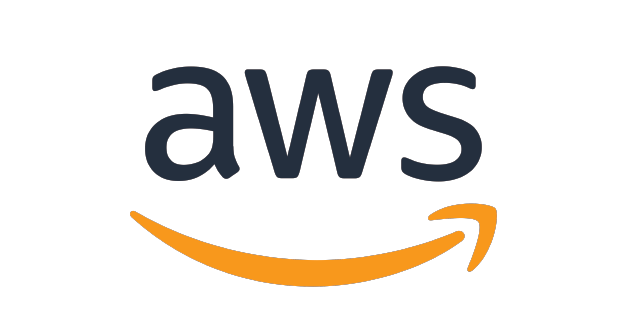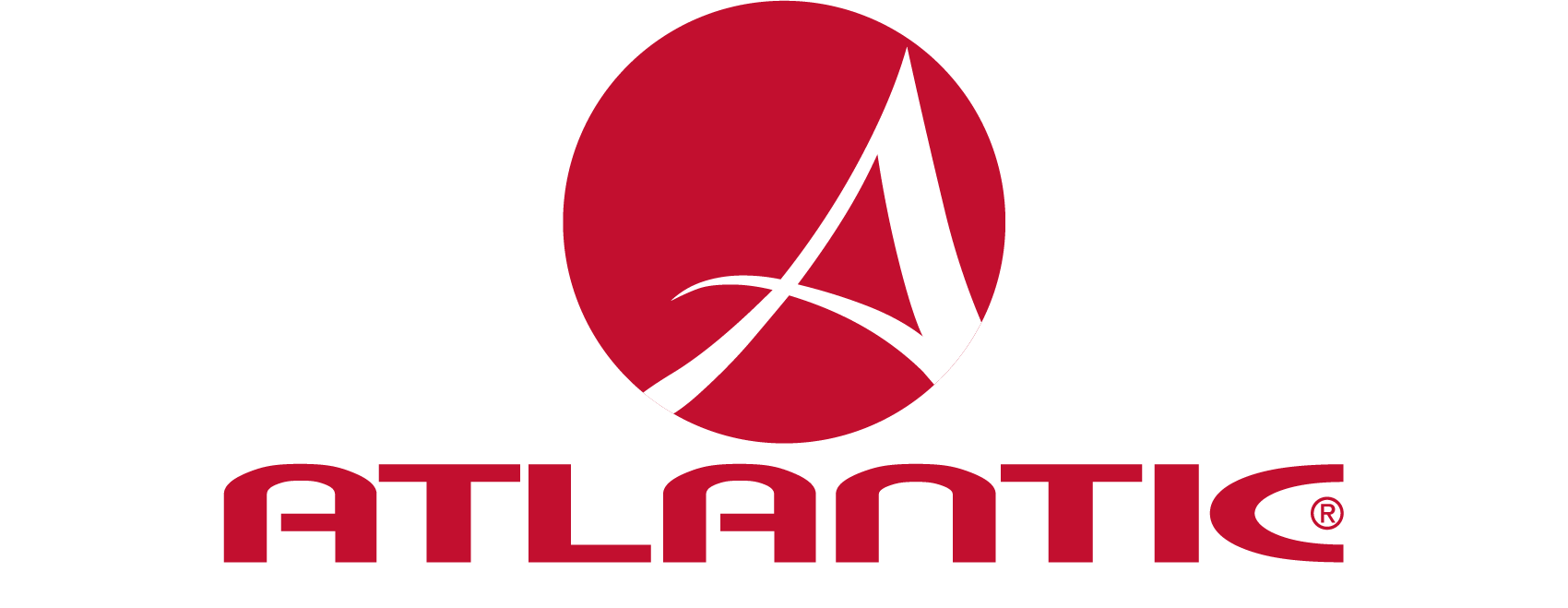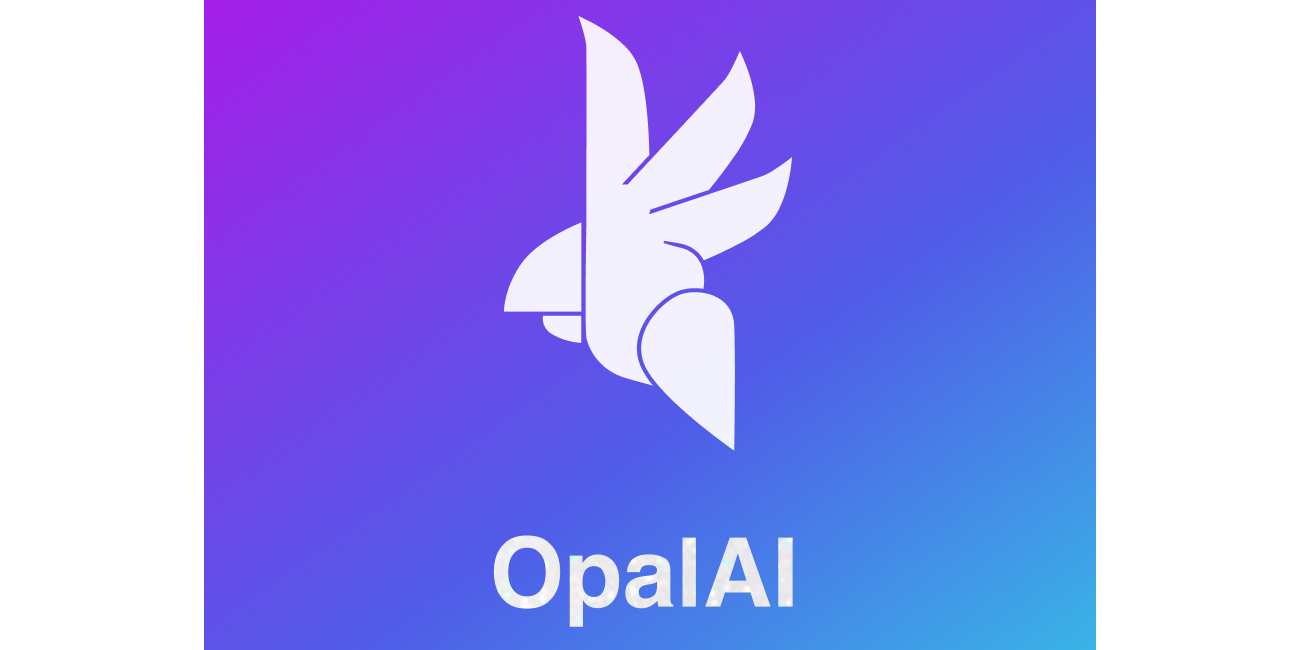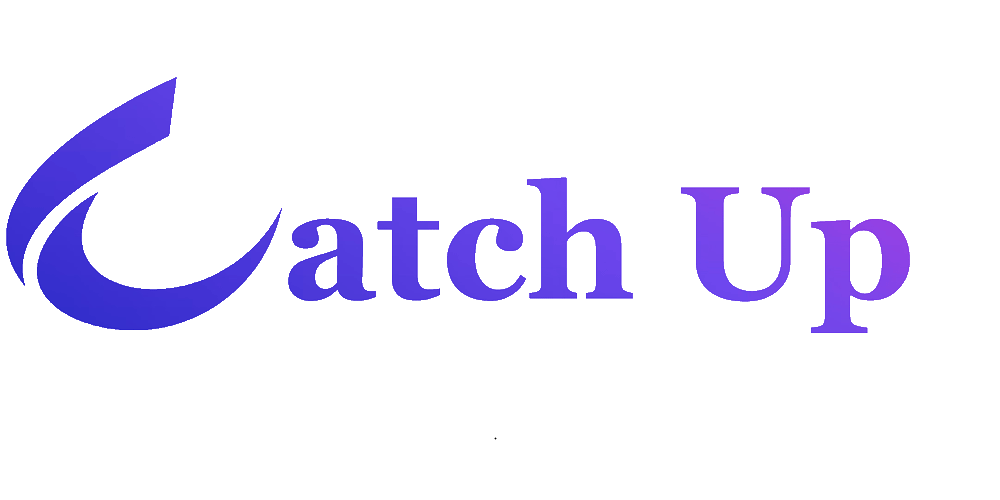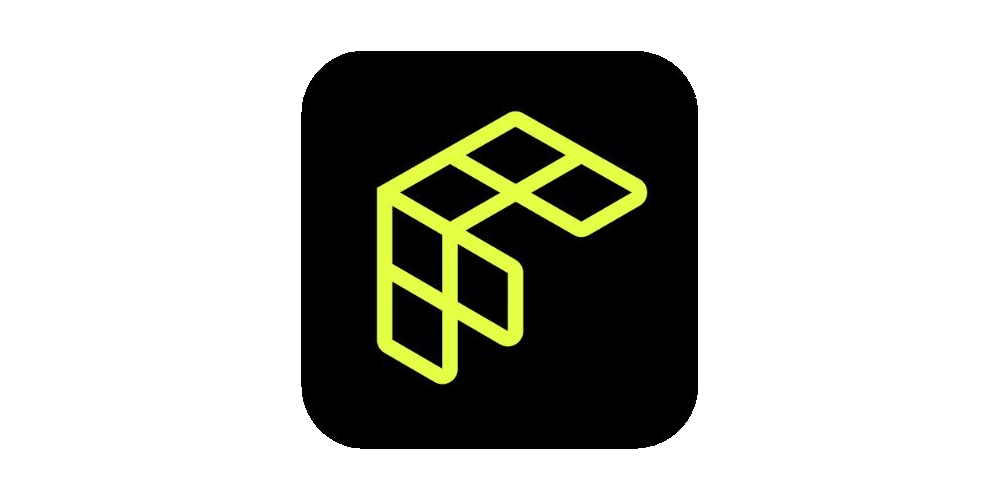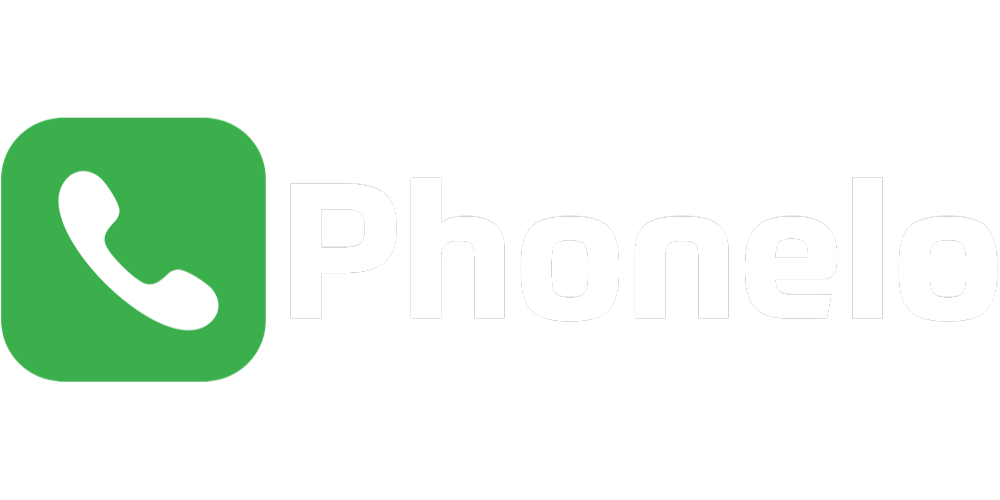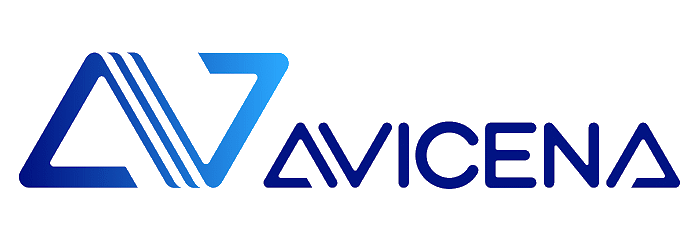Introduction: Reinventing the AI Recruitment Pipeline
In a competitive hiring landscape, a fragmented recruitment process is costly. That’s why developing a holistic AI recruitment pipeline is critical. By leveraging screening to onboarding AI, organizations can automate and optimize every step. This approach delivers end-to-end hiring automation, ensures equitable decisions, and transforms your AI in recruitment lifecycle. In this post, we’ll explore each phase—how it works, why it matters, and how automated candidate onboarding caps it off.
1) Building the AI Recruitment Pipeline: What It Means
The AI recruitment pipeline is the full workflow—from initial application screening all the way through onboarding—augmented by smart automation and AI. Instead of siloed tools doing one task here and there, you have a connected process that flows seamlessly, enabling end-to-end hiring automation with minimal manual handoffs.

2) Screening Phase: Smarter Start with Screening to Onboarding AI
At the first touchpoint, screening to onboarding AI plays a vital role:
- Automated resume parsing & ranking: AI analyzes applications by context, relevancy, and role fit.
- Skill and competency matching: Candidates are scored based on qualifications and potential, not just keywords.
- Bias mitigation safeguards: Systems can blind demographic data or surface alerts when potential bias is detected.
This screening layer feeds the rest of the pipeline with quality candidates, creating a solid foundation for end-to-end hiring automation.
3) Interviewing & Assessment: Mid-Pipeline AI Integration
Once candidates pass screening, the AI in recruitment lifecycle kicks into full gear:
- Interview coordination: Automate scheduling, reminders, and reschedules.
- Structured assessments: AI-evaluated assessments and scoring models compare candidates quickly.
- Data dashboards: Side-by-side comparisons enriched with metrics and AI insights.
At this stage, the AI recruitment pipeline ensures consistency, transparency, and speed across candidate evaluation.
4) Decisioning & Offer: Analytics + Human Judgment
The next segment combines data-led decisioning with human evaluation:
- Predictive scoring: Models estimate candidate success based on past hires and role outcomes.
- Decision support tools: Recommend finalists, detect inconsistencies, and flag areas for review.
- Automated offer generation: Auto-generate offer letters, capture acceptances, and collect documents.
This keeps end-to-end hiring automation seamless while preserving human oversight.
5) Automated Candidate Onboarding: Completing the Lifecycle
The final piece in your AI recruitment pipeline is automated candidate onboarding—transitioning hires smoothly into their roles:
- Preboarding docs & forms: Send, collect, and verify paperwork before Day 1.
- Role-based training plans: Smart modules tailored by role, experience, or skill gaps.
- Progress tracking & nudges: Reminders, status updates, and early engagement metrics.
Integrated onboarding completes a true end-to-end hiring automation journey—keeping the candidate experience consistent and elevated.

6) Why This Matters: Benefits of a Unified Pipeline
A fully integrated AI recruitment pipeline offers multiple advantages:
- Efficiency & scalability: Seamless handoffs reduce delays and scale hiring without proportional headcount.
- Consistency & fairness: Standardized workflows reduce variance and bolster AI in recruitment lifecycle integrity.
- Stronger candidate experience: From application to onboarding, candidates feel guided and respected.
- Employer branding uplift: A smooth experience showcases innovation and professionalism.
7) Best Practices for Implementation
To build a robust pipeline, follow these steps:
- Start with screening: Implement screening to onboarding AI first for quick wins.
- Layer interview & decision tools gradually.
- Connect onboarding systems so data flows end-to-end.
- Include human checks at decision points to catch edge cases.
- Audit & retrain models regularly to prevent drift or bias.
- Track KPIs—time-to-hire, onboarding completion, retention, candidate satisfaction.

With thoughtful iteration, your pipeline becomes smarter over time.
FAQs
Q1. What is an AI recruitment pipeline?
A comprehensive flow from candidate sourcing through onboarding, powered by AI and automation to streamline and optimize each phase.
Q2. How does screening to onboarding AI differ from isolated tools?
Data, evaluations, and workflows carry forward seamlessly—reducing friction and duplication.
Q3. Can end-to-end hiring automation work for small teams?
Yes—start with screening or onboarding and expand to full lifecycle automation over time.
Q4. What role does AI in recruitment lifecycle play in decision-making?
It brings data, insights, predictions, and consistency to supplement human judgment—ensuring smarter, fairer hiring.
Q5. Is automated candidate onboarding truly effective?
When implemented well, it reduces manual admin, accelerates new-hire productivity, and keeps the experience positive post-offer.



